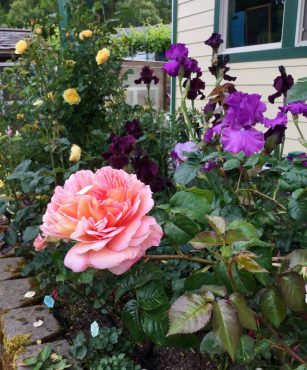 We have been enjoying blooming roses for many weeks now and June is the time to celebrate our national flower: Cut some and give them to a friend. It is also the time of year when some rose foliage can begin to show signs of the three main fungal diseases: black spot, powdery mildew and downy mildew.
We have been enjoying blooming roses for many weeks now and June is the time to celebrate our national flower: Cut some and give them to a friend. It is also the time of year when some rose foliage can begin to show signs of the three main fungal diseases: black spot, powdery mildew and downy mildew.
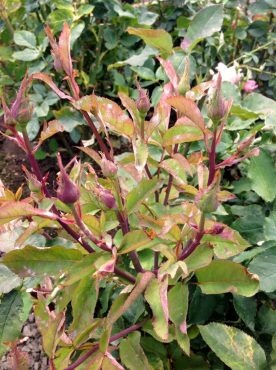
Many modern roses are susceptible to these problems and identification and sanitation are the main ways to prevent the spread to other roses in your garden. Even roses sold as disease resistant may get a small amount of these common fungal diseases.
First in the spring, tender new foliage may get powdery mildew. Warm days and cool night are the perfect weather conditions for spore germination on roses. As the name suggests, a bad infection may look like powdered sugar.
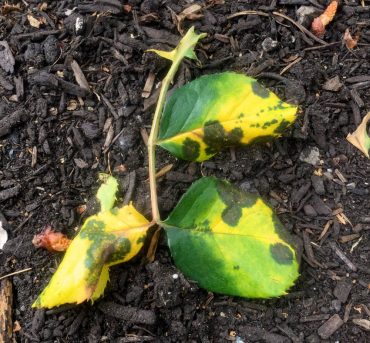
Early signs of the disease include fresh foliage at the top of the plant that looks unnaturally distorted. Powdery mildew spores generally bloom on the undersides of leaves first.
A small amount of this disease can be cut away and the remainder of your roses can be protected with a product called Green Cure. This is an organic product that you mix with water and spray on roses and other plants as needed. It kills the powdery mildew spores to control the infection. As always, read the label carefully for correct mixing and application instructions.
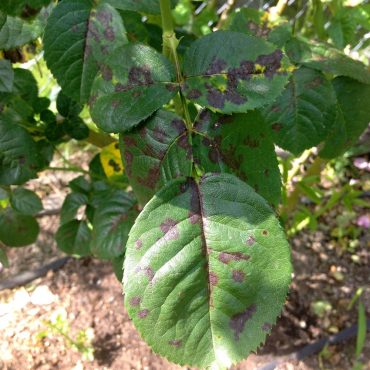
Black spot looks exactly as described by its name, but not always identical from plant to plant. Often the edges of the spot are fuzzy but not always.
There are at least nine identified types of black spot and this disease starts at the bottom of a plant, with leaves turning yellow and the characteristic spots on leaves as they prepare to fall to the ground. Shedding these leaves is the roses’ defense mechanism and as the leaves fall, the spores multiply and blow around on the wind.
Cut away rather than tearing off any rose leaves showing these signs of infection. When the weather turns dry, black spot will no longer be a problem.
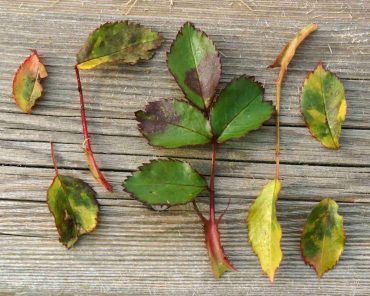
Downy mildew is not as common in the West Sound region but has been known to flare. Some years, we hear of the problem that arrived on new roses from other states.
If you see patches of brown angular discoloration on any leaves, cut them off immediately and contact an American Rose Society Consulting Rosarian in your area.
Downy mildew will spread quickly and if extensive enough, it will kill roses. The correct identification of the problem is key to management.



























Comments